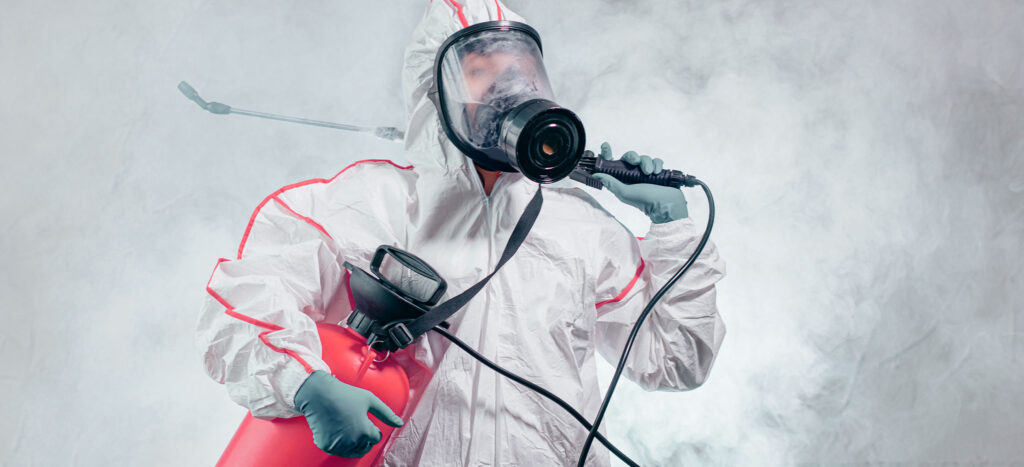Post-Disaster Decontamination
In certain situations, our team may be called to intervene following a residential disaster, especially when restoration work is required. These interventions demand special attention to ensure a safe environment for both occupants and workers.
A Tailored Approach for Each Situation
Every context is unique, so we carefully assess the conditions on-site to determine the areas to be treated and the most appropriate methods. Protective measures may be implemented, including isolating affected surfaces and using specialized equipment.
Identification of Sensitive Areas
We target elements that may have been impacted, whether walls, furniture, or other structures. Some materials may be removed if recovery is not possible. Steps such as water extraction, ventilation, or drying may also be considered depending on the needs.
Examples of Contaminants
During some interventions, it may be necessary to treat or prevent the presence of various contaminants, such as:
- Bacteria: often present after water damage or prolonged disasters.
- Mold: can develop in damp or poorly ventilated materials.
- Asbestos: sometimes released when deteriorating or removing certain older building materials.
- Smoke or soot residues: may contain harmful long-term compounds.
- Pathogens: depending on the circumstances of the disaster (e.g., biological or sanitary damage).
These potential risks are taken into account when planning our interventions.
Customized Treatment Methods
Based on observations made, various techniques can be applied to treat the affected surfaces or materials. The choice of products and equipment is carefully made following industry best practices.
Surface Restoration
After preparatory steps, targeted surfaces are cleaned or restored. This may include deep cleaning, stripping certain coatings, or treating hard-to-reach areas. The goal is to contribute to a healthier environment free from unwanted residues.
Prevention and Control
Throughout the intervention, measures are taken to prevent the spread of particles or contaminants to unaffected areas. This includes managing ventilation and maintaining equipment rigorously.
Waste Management
Materials removed during the intervention are carefully sorted and then transported to appropriate treatment facilities in accordance with current regulations.

